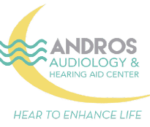It seems we can’t find what you’re looking for. Perhaps searching can help.
Watch us on Twin Cities Live, January 15th!
Schedule Appointment

Our Offices
-
Inver Grove Heights
5565 Blaine Avenue, #225
Inver Grove Heights, MN 55076 - (651) 888-7800
-
Monday - Friday
8:00am - 5:00pm
Saturday
Available by Appointment
-
Roseville
2780 Snelling Ave North, #201
Roseville, MN 55113 - (651) 888-7800
-
Monday - Friday
8:00am - 5:00pm
Saturday
Available by Appointment

